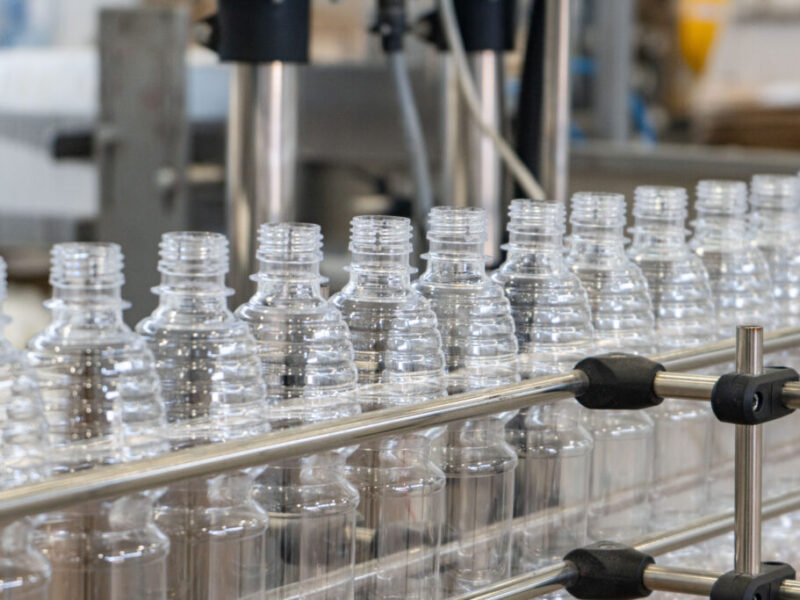
Nitrogen is the most widely used element in many industries across the world, including those of plastic and rubber products, paper products and fabrics. There are also some other industrial uses of nitrogen, including as fertilizers for both agriculture and industry, along with products such as fuels and lubricants. But one of the most important places where nitrogen is used is in the manufacture of nylon products, particularly NITROGEN GAS for polymer manufacturing.
Nitrogen gas is used because it is light, easily obtained and it also has very high melting points, which makes it a very good moderator for the production of strong adhesives. For this reason, it is used as a feedstock in most of the processes of polymer manufacturing and it plays an important role in stabilizing and emulsifying monomer molecules such as N-acetyl-glucosamine (NAG), N-amido-dihydrotestosterone (ADHT), N-amido-toluene (ANT), and N-alkylated hydroxytoluene (ALHT). However, in some instances, nitrogen compounds are also used for other purposes as well. One such use is in cleaning and removing sulfur from raw steel fibers during the process of welding.
In addition to its use as a feedstock, nitrogen is also used to create a material with which the fibers can bond. This process is known as cross-linking and is known to be highly beneficial in increasing the stiffness of different types of non-flammable materials. Nylon fibers for example are frequently cross-linked to produce stiffer, stronger and lighter materials. Also, they are useful in increasing the tensile strength of certain plastics, which in turn, makes them suitable for use in a wide variety of applications. Another benefit of NITROGEN GAS is that it is capable of creating both liquid and solid forms of nitrogen and forms a very important ingredient in the synthesis of rubber and fuel products.

Recent Comments